Daily Tour
1 person
English
About this tour
Highlights
- Breathtaking views of the Annapurna massif, including Annapurna I and Machhapuchhre.
- Trekking through diverse landscapes like rhododendron forests and alpine meadows.
- Cultural immersion with Gurung and Magar ethnic communities.
- Iconic suspension bridges and natural hot springs at Jhinu Danda.
- Unforgettable sunrise views from Poon Hill.
- Relaxing in the charming mountain town of Pokhara.
- Stunning views of Machhapuchhre, Mardi Himal, and Annapurna South.
- Pristine rhododendron forests and diverse flora and fauna.
- Solitude and tranquility on less-traveled trails.
- Authentic encounters with Gurung village life and culture.
- Captivating sunrise and sunset views from High Camp.
- Serenity amidst the pristine wilderness of the Annapurna region.
Included/Excluded
- Trekking Permits: Permit fees required for entering the Kanchenjunga Conservation Area and other restricted regions.
- Accommodation: Accommodation in teahouses or lodges along the trekking route.
- Meals: Three meals a day (breakfast, lunch, and dinner) during the trek.
- Guide and Porters: Services of an experienced trekking guide and porters to carry luggage.
- Transportation: Transportation to and from the trekking starting/ending point (often Kathmandu).
- Airport Transfers: Transfer between the airport and hotel in Kathmandu.
- Trekking Equipment: Basic trekking equipment such as tents, sleeping bags, and mattresses.
- Emergency Evacuation: Emergency evacuation arrangements in case of medical emergencies.
- First Aid Kit: Basic first aid supplies and medical assistance if needed.
- Trekking Insurance: Comprehensive travel and medical insurance for the duration of the trek.
- Trekking Briefing: Pre-trek briefing session to provide information about the trek itinerary, safety precautions, and packing tips.
- International Flights: Flights to and from Kathmandu, Nepal.
- Visa Fees: Visa fees for entering Nepal (if applicable).
- Personal Expenses: Expenses for additional snacks, drinks, souvenirs, and personal items.
- Tips: Gratuity for guides, porters, and support staff (typically recommended but not mandatory).
- Extra Accommodation: Accommodation in Kathmandu before or after the trek.
- Meals in Kathmandu: Meals in Kathmandu or other cities outside of the trekking route.
- Alcoholic Beverages: Alcoholic drinks and beverages during the trek.
- Additional Activities: Costs for optional activities or side trips not included in the standard itinerary.
- Travel Insurance: Travel insurance for cancellations, flight delays, and other unforeseen circumstances before or after the trek.
- Personal Equipment: Personal trekking gear such as trekking poles, boots, and clothing.
- Emergency Expenses: Any expenses incurred due to unforeseen circumstances such as natural disasters or political unrest.
Itinerary
The journey commences with a scenic drive from Kathmandu to Pokhara, spanning approximately 7-8 hours. En route, travelers are treated to sweeping vistas of verdant hills, terraced fields, and rustic villages nestled amidst the rolling countryside. Upon arriving in Pokhara, often hailed as the "City of Lakes," trekkers can unwind by the serene Phewa Lake, stroll along the bustling lakeside promenade, and relish in the tranquility of this picturesque city. The day concludes with a leisurely evening, perhaps spent savoring local cuisine or admiring the panoramic views of the majestic Himalayan peaks.
After breakfast, the journey continues with a scenic drive from Pokhara to Jhinu, a quaint village nestled amidst the foothills of the Annapurna range. Following lunch in Jhinu, trekkers embark on an enchanting trek to Chhomrong. This leg of the journey lasts approximately 3-4 hours and traverses through verdant forests, terraced fields, and traditional Gurung settlements. Chhomrong, situated at the base of the Annapurna massif, welcomes trekkers with its rustic charm and awe-inspiring mountain vistas, offering a serene backdrop for an overnight stay.
The day begins with an invigorating trek from Chhomrong to Bamboo, spanning approximately 5-6 hours. The trail descends steeply through lush bamboo forests, accompanied by the melodious sounds of chirping birds and murmuring streams. Along the way, trekkers are treated to panoramic views of the surrounding valleys and terraced fields. Upon reaching Bamboo, a serene Himalayan hamlet nestled along the banks of the Modi Khola river, travelers can unwind amidst the tranquil ambiance of the mountains and rejuvenate for the adventures that lie ahead.
Today's journey takes trekkers from Bamboo to Deurali, a charming village situated amidst the rugged Himalayan terrain. The trek spans approximately 4-5 hours and leads through enchanting forests of bamboo, rhododendron, and oak trees. As trekkers ascend gradually along the Modi Khola river valley, they are treated to breathtaking views of cascading waterfalls and towering cliffs. Deurali, nestled at the confluence of two rivers, offers a serene respite amidst the majestic landscapes of the Annapurna region, providing a picturesque setting for an overnight stay.
Today marks the pinnacle of the trek as trekkers embark on the exhilarating journey to Annapurna Base Camp (ABC) via Machhapuchhre Base Camp (MBC). The trek, spanning approximately 4-5 hours, is filled with awe-inspiring vistas of the Annapurna massif, including the towering peaks of Annapurna I and Machhapuchhre. The trail winds its way through alpine meadows and glacial moraines, offering panoramic views of the surrounding snow-capped peaks. Upon reaching ABC, trekkers are rewarded with a breathtaking panorama of the Himalayan giants towering majestically above. The evening is spent soaking in the serenity of the mountains and reveling in the sense of accomplishment at reaching the base camp.
Following a memorable sunrise at Annapurna Base Camp, trekkers begin their descent back to Bamboo. The trek, spanning approximately 7-8 hours, retraces the steps taken on the journey up, offering trekkers a chance to revisit the scenic landscapes and tranquil vistas encountered along the way. As trekkers descend through lush forests and picturesque valleys, they are treated to panoramic views of the surrounding peaks. Upon reaching Bamboo, travelers can reflect on their unforgettable journey amidst the pristine wilderness of the Annapurna region, savoring the memories created during their time at the base camp.
Today's trek takes trekkers from Bamboo to Jhinu Danda, a journey spanning approximately 5-6 hours. The trail meanders through verdant forests and terraced fields, offering glimpses of rural life in the Himalayan foothills. Upon reaching Jhinu Danda, trekkers can unwind amidst the natural hot springs, which are believed to possess therapeutic properties and offer a rejuvenating respite after days of trekking. The evening is spent relaxing and soaking in the tranquil ambiance of the mountains, reflecting on the experiences of the journey thus far.
Today's trek takes trekkers from Jhinu Danda to Forest Camp, a journey spanning approximately 5-6 hours. The trail ascends gradually through dense forests and lush vegetation, offering trekkers a chance to immerse themselves in the pristine wilderness of the Annapurna region. Upon reaching Forest Camp, travelers can unwind amidst the serene surroundings of the Himalayan forest, listening to the soothing sounds of nature and reveling in the sense of tranquility that permeates the air. The evening is spent relaxing and enjoying the camaraderie of fellow trekkers, reflecting on the beauty of the natural world surrounding them.
Today's trek takes trekkers from Forest Camp to High Camp, a journey spanning approximately 3-4 hours. The trail ascends steadily through alpine meadows and rocky terrain, offering panoramic views of the surrounding peaks. Upon reaching High Camp, trekkers are greeted with awe-inspiring vistas of the Annapurna massif, with towering peaks rising majestically above. The evening is spent acclimatizing to the high altitude and enjoying the tranquility of the mountains, as trekkers prepare for the final leg of the journey to Mardi Himal Base Camp.
Today's adventure begins with an exhilarating hike to Mardi Himal Base Camp, situated at an elevation of 4,500 meters (14,760 feet). The hike, spanning approximately 7-8 hours, offers trekkers stunning views of the surrounding Himalayan peaks, including Machhapuchhre and Annapurna South. Upon reaching Mardi Himal Base Camp, trekkers are rewarded with panoramic vistas of the majestic mountains towering above. After soaking in the breathtaking scenery, trekkers begin their descent to Low Camp, situated at an elevation of 3,050 meters (10,006 feet). The trek to Low Camp takes approximately 7-8 hours and offers trekkers a chance to unwind amidst the tranquil landscapes of the Annapurna region.
The final day of the trek begins with a trek from Low Camp to Kande, a journey spanning approximately 3-4 hours. The trail descends gradually through lush forests and picturesque valleys, offering trekkers a chance to savor the beauty of the natural world surrounding them. Upon reaching Kande, trekkers board a vehicle for a scenic drive back to Pokhara, where they can relax and celebrate the completion of their journey amidst the serene landscapes of the Himalayas. The evening is spent reminiscing about the adventures of the past few days and enjoying the comforts of civilization in Pokhara.
Languages
Frequently asked questions
The trek from Annapurna Base Camp to Mardi Himal Base Camp is considered moderately challenging. It involves both ascending and descending terrain, with varying degrees of steepness. Trekkers should have a good level of physical fitness and stamina to tackle the long hours of walking and altitude changes. The trail can be rocky and uneven at times, requiring sturdy hiking boots and trekking poles for stability. However, with proper preparation, acclimatization, and a gradual pace, trekkers of all experience levels can enjoy this exhilarating journey through the stunning landscapes of the Annapurna region.
The best time to undertake the trek from Annapurna Base Camp to Mardi Himal Base Camp is during the spring (March to May) and autumn (September to November) seasons. During these months, the weather is generally stable, with clear skies, mild temperatures, and minimal precipitation, making for ideal trekking conditions. The spring season brings blooming rhododendrons and vibrant vegetation, adding to the scenic beauty of the trek. Similarly, autumn offers crisp, clear days with stunning views of the surrounding mountains. Trekkers are advised to avoid the monsoon season (June to August) due to heavy rainfall, which can lead to slippery trails, landslides, and limited visibility.
Trekkers undertaking the Annapurna Base Camp to Mardi Himal Base Camp trek need to obtain several permits to enter the region. Firstly, a TIMS (Trekkers' Information Management System) card is required, which helps track trekkers and ensures their safety. Additionally, a permit for the Annapurna Conservation Area Project (ACAP) is also necessary, as the trek passes through protected areas managed by the conservation project. These permits regulate access to the trekking routes, ensure environmental conservation, and contribute to local development initiatives. It is essential for trekkers to obtain these permits in advance and adhere to the rules and regulations set forth by the authorities.
Accommodation along the Annapurna Base Camp to Mardi Himal Base Camp trek primarily consists of teahouses or lodges located in villages along the route. These teahouses offer basic yet comfortable lodging options, including dormitory-style rooms or private rooms with shared bathrooms. The facilities may vary from one teahouse to another, but typically include a dining area where trekkers can enjoy meals and socialize with fellow travelers. The teahouses provide meals such as dal bhat (rice with lentil soup), noodles, pasta, and other local and international dishes. While the accommodations are relatively simple, they offer a warm and welcoming atmosphere, allowing trekkers to rest and rejuvenate after a day of trekking amidst the stunning landscapes of the Annapurna region.
Altitude is a significant factor to consider while trekking in the Himalayas, including the Annapurna Base Camp to Mardi Himal Base Camp route. Trekkers will encounter varying elevations throughout the journey, with the highest point being Annapurna Base Camp at 4,130 meters (13,550 feet) and Mardi Himal Base Camp at 4,500 meters (14,760 feet). It is essential for trekkers to acclimatize properly to avoid altitude sickness, which can occur due to the decreased oxygen levels at higher elevations. Trekkers should ascend gradually, taking regular breaks and staying hydrated to allow their bodies to adjust to the altitude. It's also recommended to spend an extra day for acclimatization at higher elevations, such as Annapurna Base Camp, to reduce the risk of altitude-related complications.
While trekking in the Annapurna region, trekkers may encounter various health risks and medical concerns. Altitude sickness is one of the primary concerns, with symptoms including headache, nausea, dizziness, and fatigue. Trekkers should be vigilant for signs of altitude sickness and descend to lower elevations if symptoms persist or worsen. Additionally, trekkers should be aware of the risk of gastrointestinal illnesses due to changes in diet and hygiene practices. It's essential to drink only purified or boiled water, avoid uncooked or undercooked foods, and practice good hand hygiene to reduce the risk of illness. Trekkers with pre-existing medical conditions should consult with their healthcare provider before undertaking the trek and carry any necessary medications or medical supplies.
Packing the right gear and equipment is essential for a successful and enjoyable trek. Trekkers should pack clothing suitable for a range of temperatures and weather conditions, including lightweight and moisture-wicking layers, a warm insulated jacket, waterproof and windproof outer layers, sturdy hiking boots, and comfortable socks. Other essential items include a sleeping bag rated for cold temperatures, a backpack, trekking poles, a first aid kit, sunscreen, sunglasses, a hat, gloves, and a headlamp or flashlight. It's also important to pack personal items such as toiletries, medications, a camera, and any necessary travel documents. Trekkers should pack light but efficiently, considering the changing weather conditions and rugged terrain encountered during the trek.

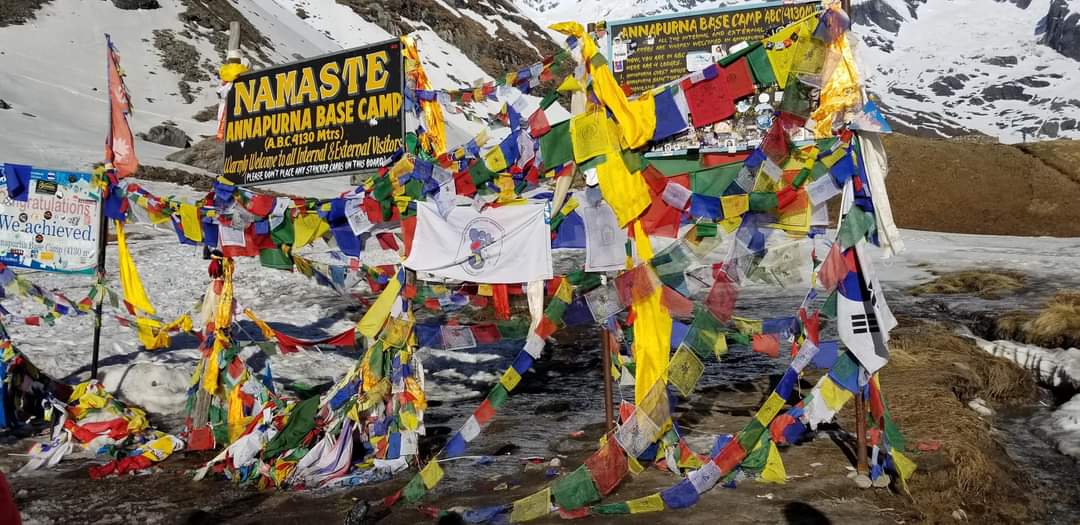
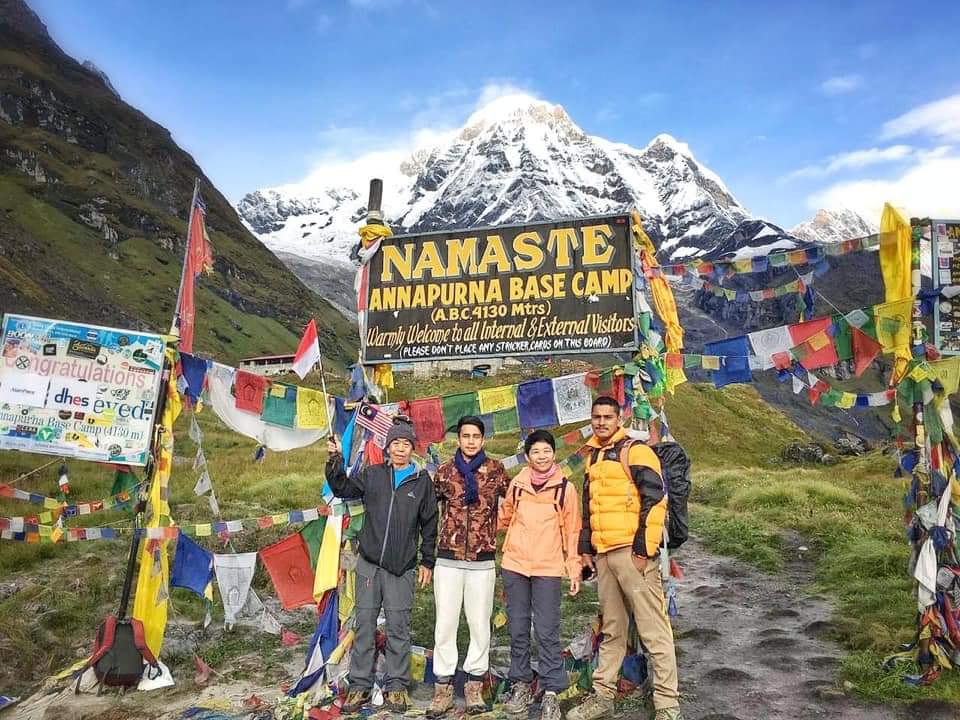

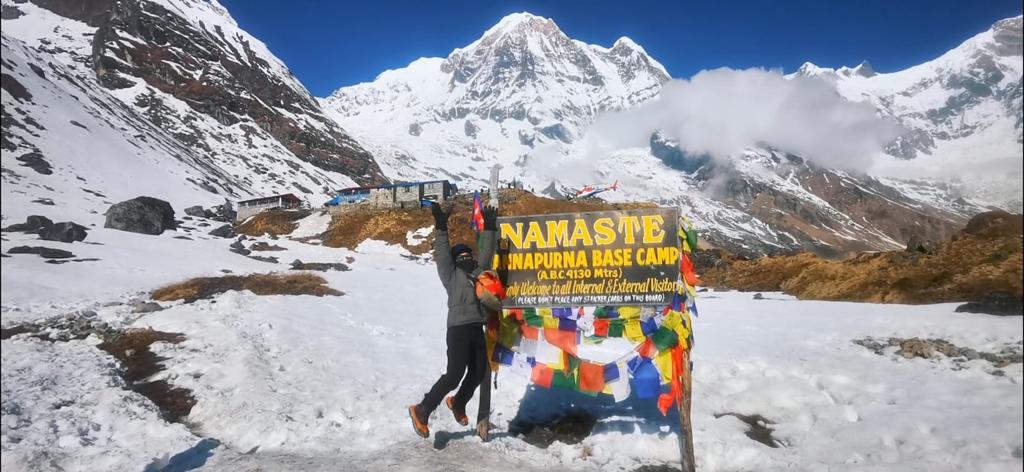
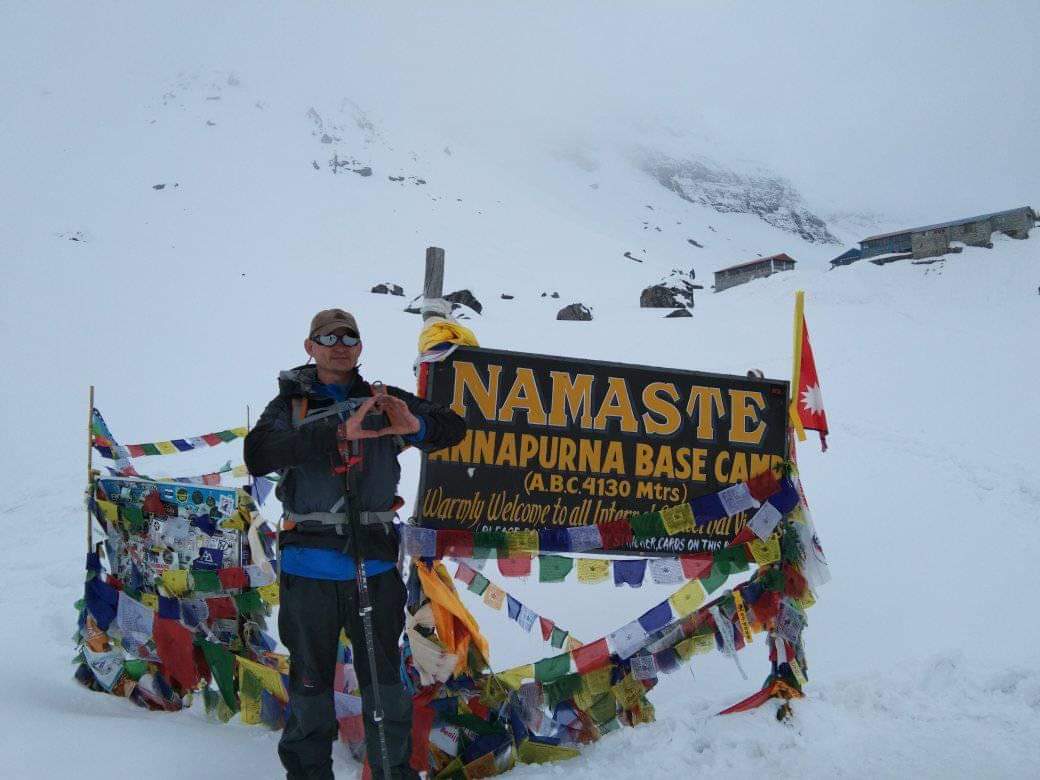
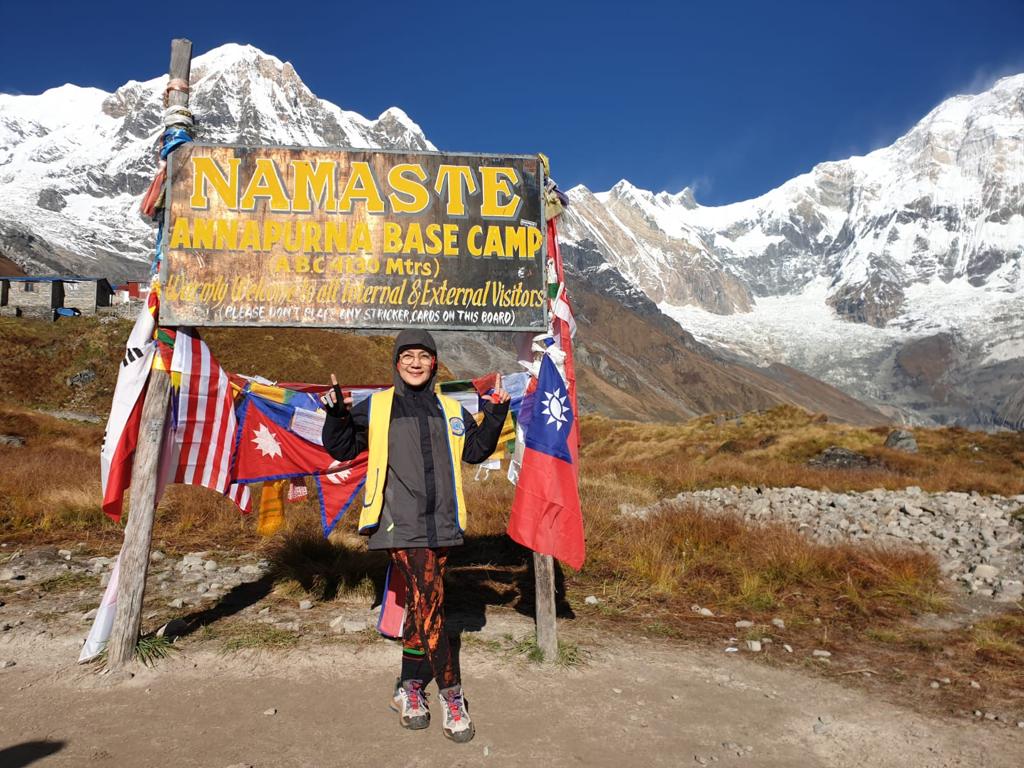
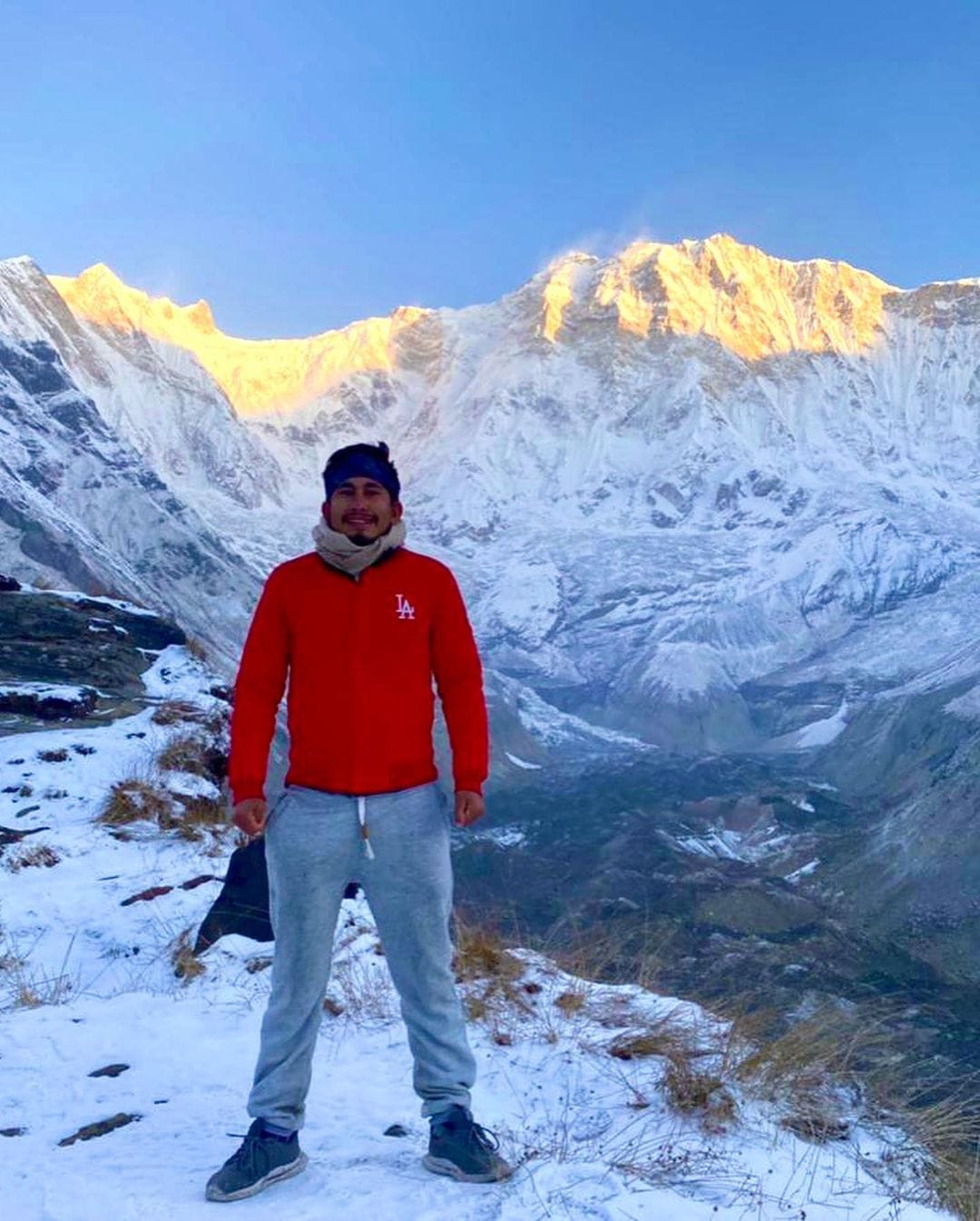
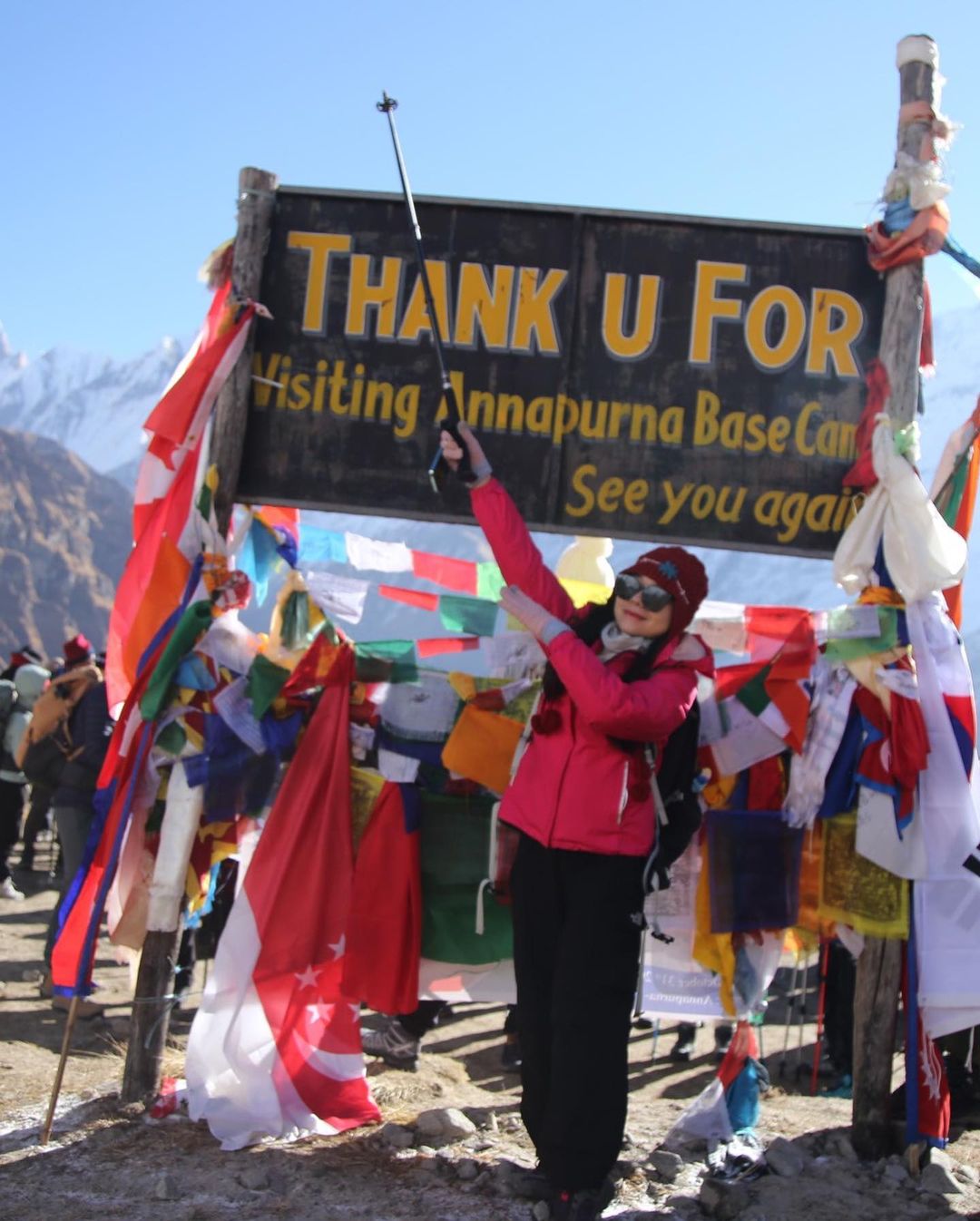
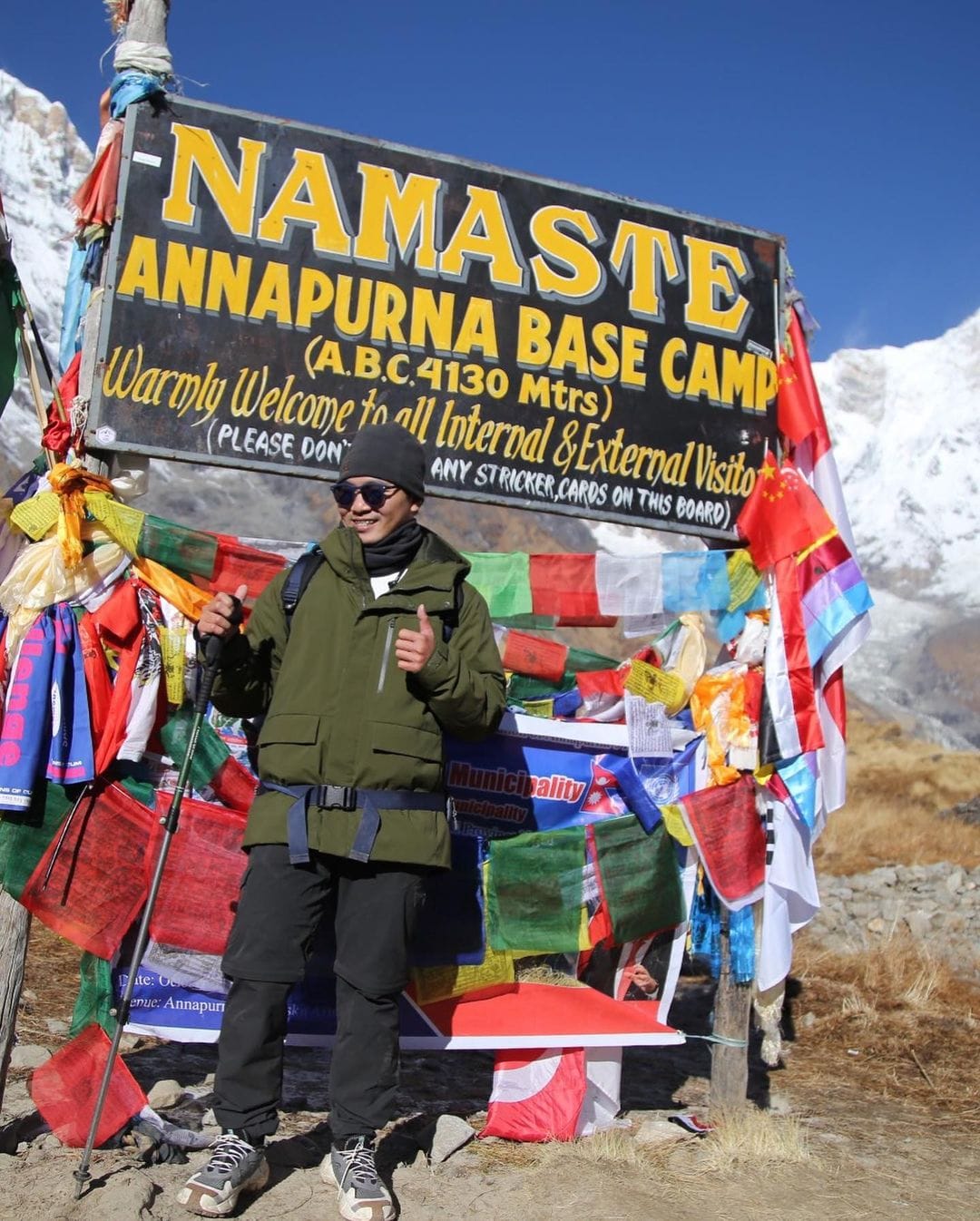
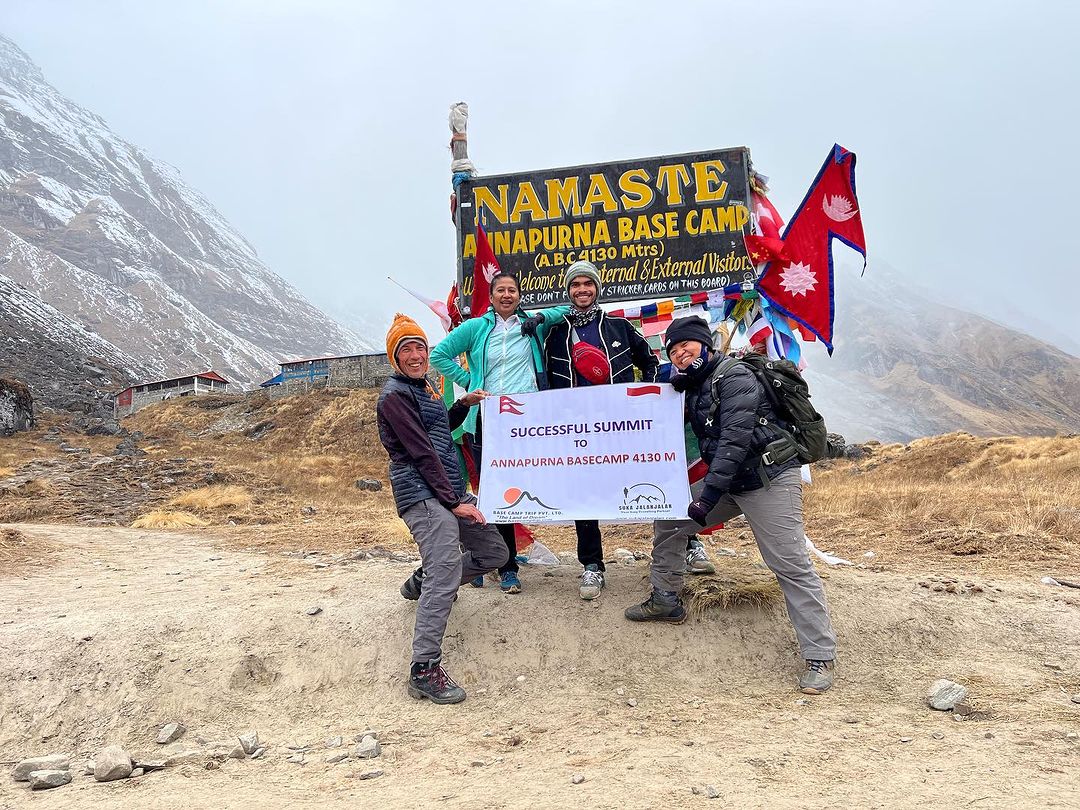
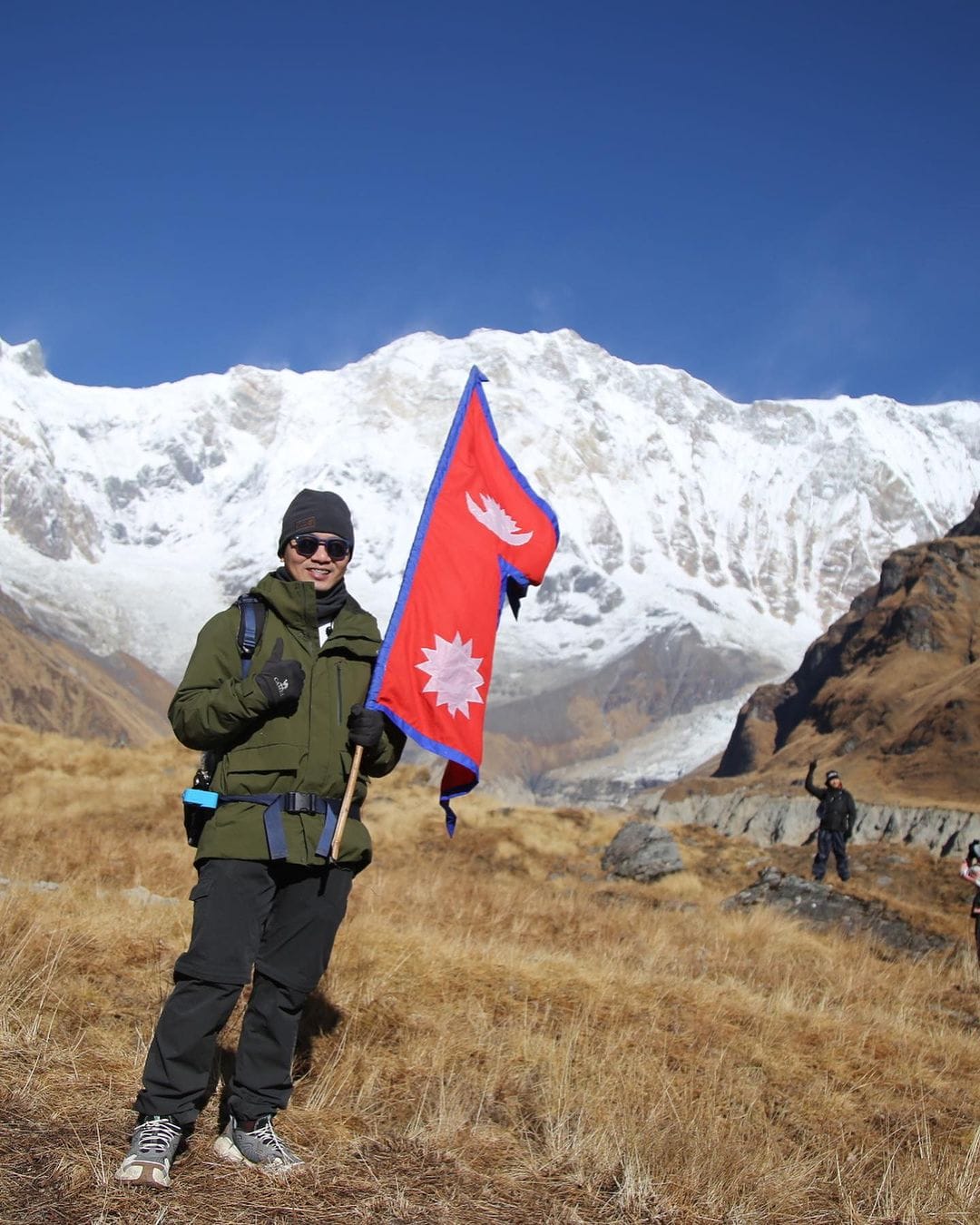
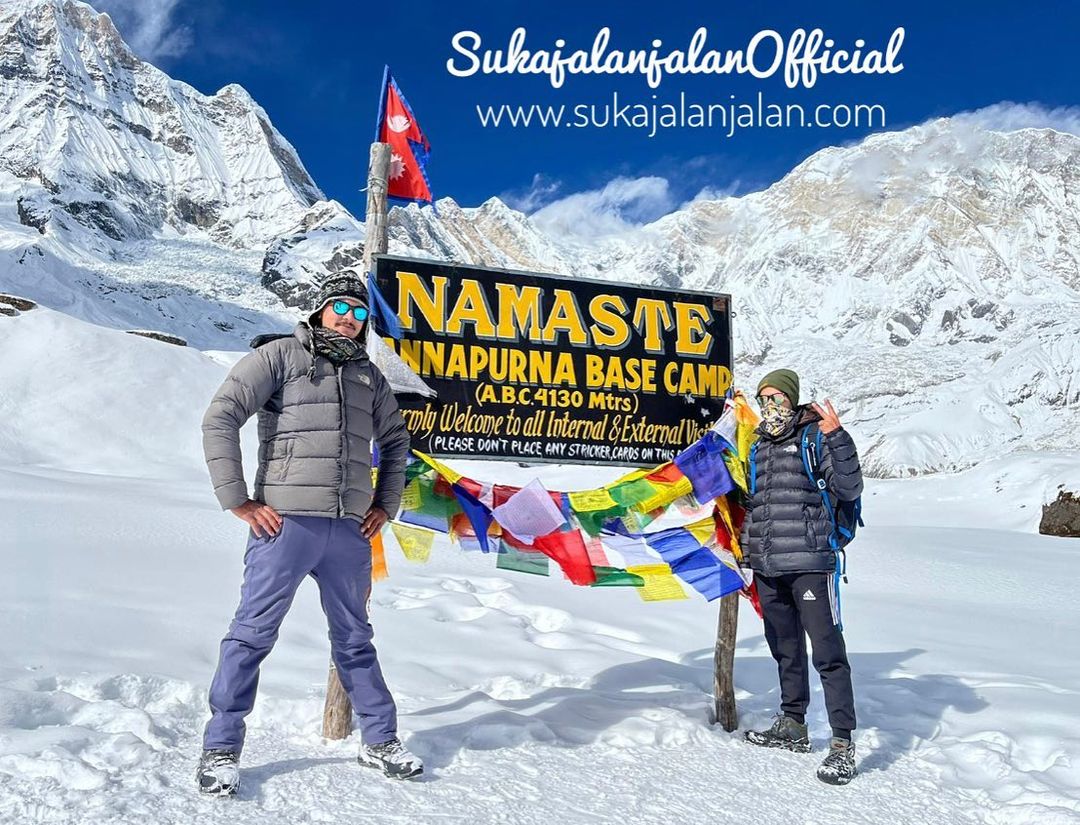
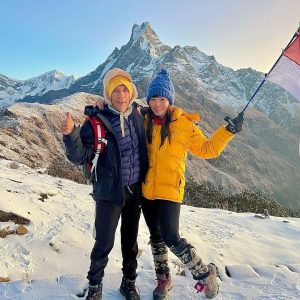
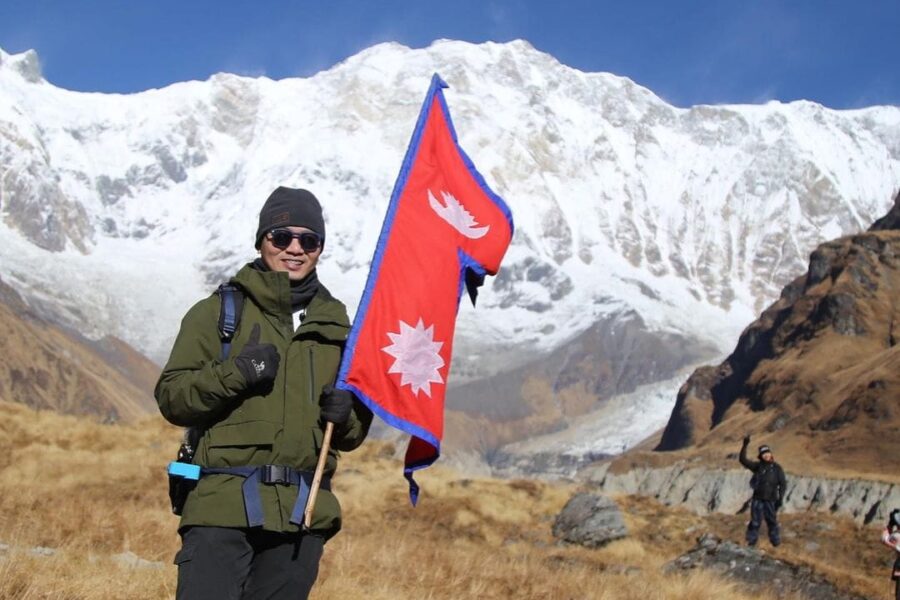
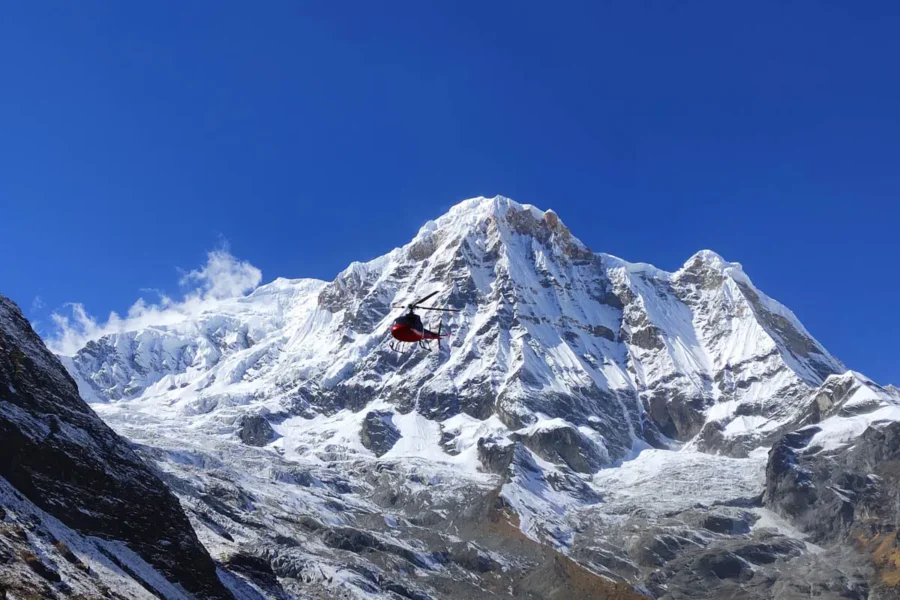
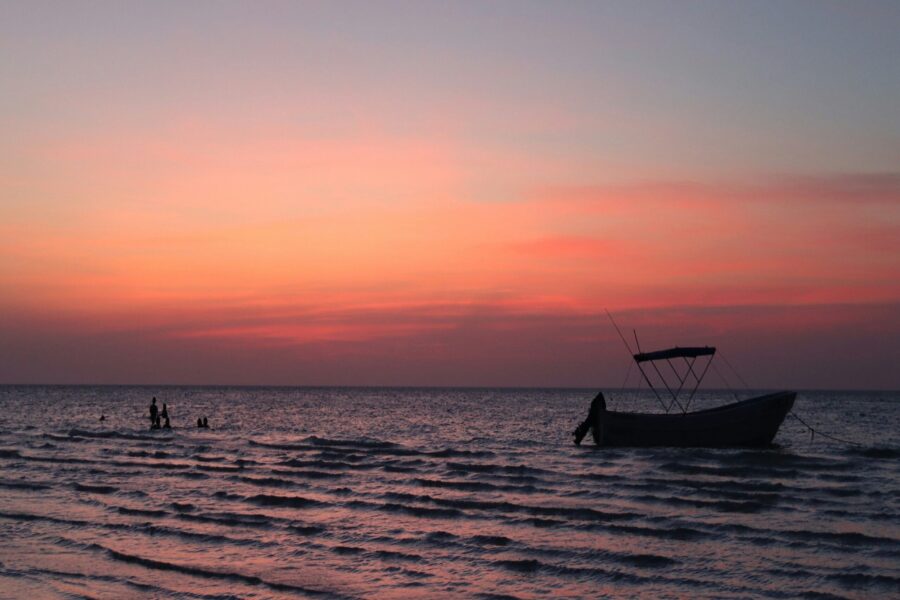
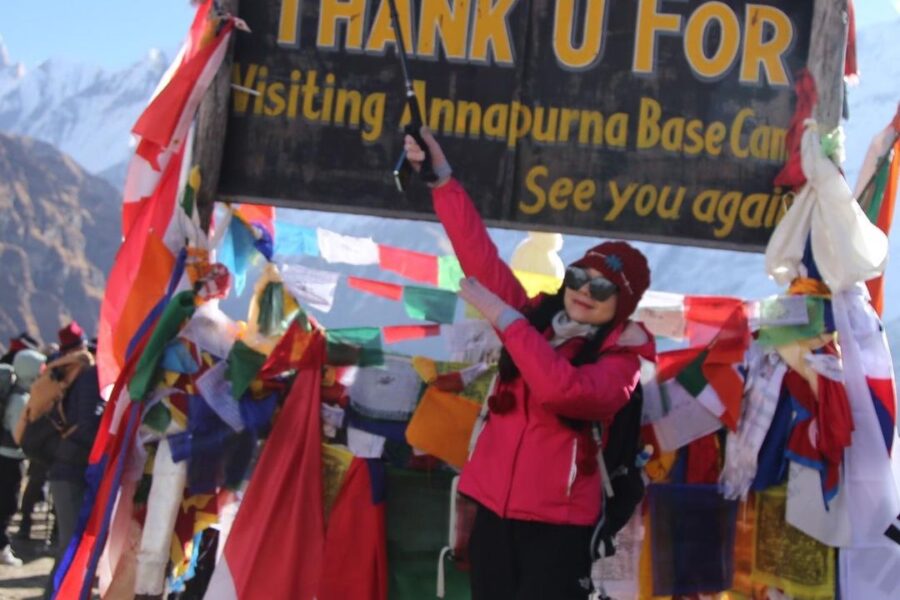
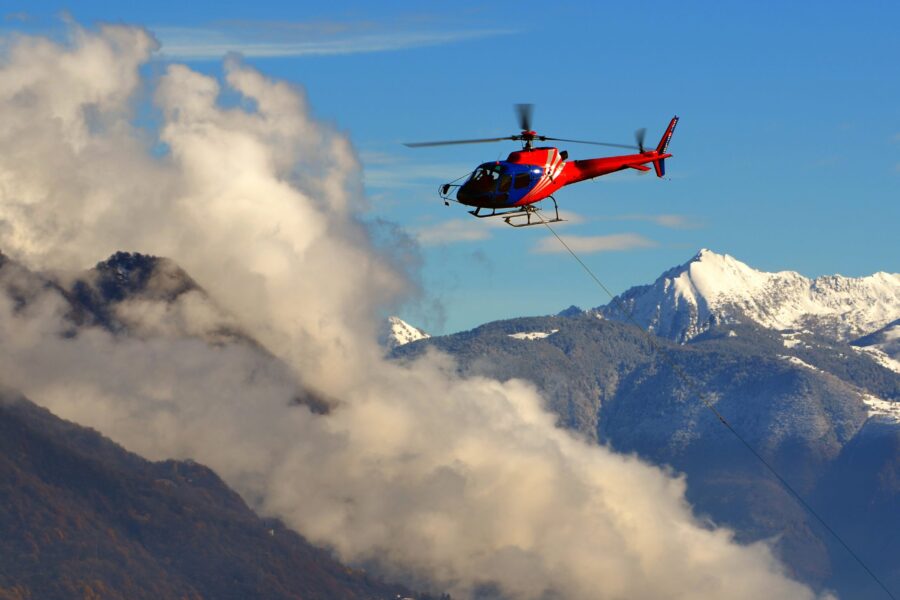
Leave a review